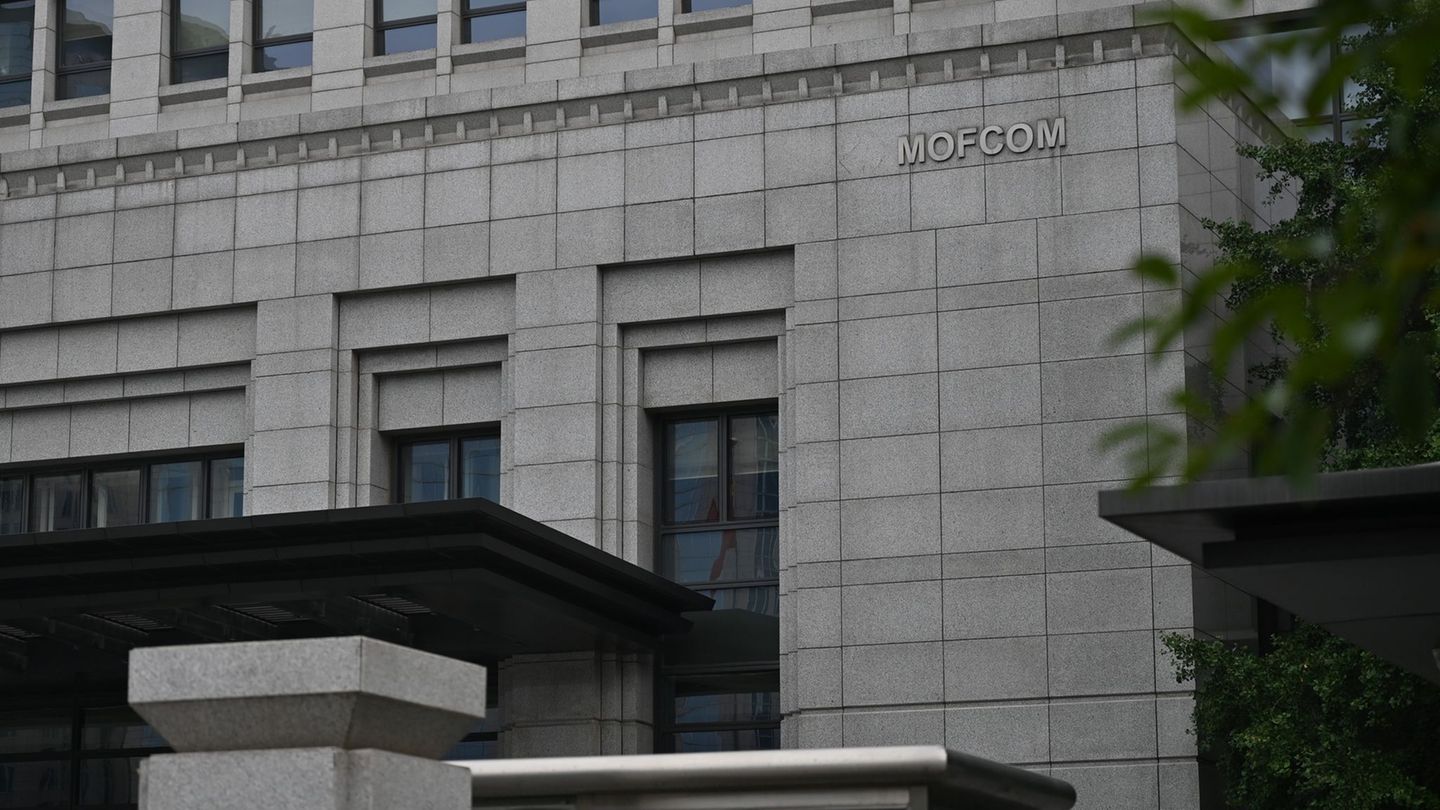Continental is to be split up. Two independent companies would be created. The review is ongoing.
The automotive supplier and tire manufacturer Continental is planning to split up the group and wants to separate from the automotive supplier division, which has been struggling for a long time. For a long time, the management team around CEO Nikolai Setzer publicly resisted reports and speculation in this direction. But now the main divisions of the traditional Hanover-based company could go their separate ways in order to be more successful on their own. Of the former market value of over 45 billion euros in the years up to 2018, only around 10 billion remain.
“In recent months, the markets and our customers, particularly in the automotive industry, have developed very dynamically,” said Conti CEO Setzer, according to the statement. Strong regional fluctuations in market developments and the software-driven technological transformation will require more flexibility and extensive entrepreneurial freedom of action in the future, he said. “Against this background, we are aiming to split up Continental.”
The plan now is to split off the automotive supply business and list it separately on the stock exchange as part of a so-called spin-off, as the DAX group announced on Monday. The Hanover-based company is examining the steps required for such a measure. The shareholders would then become owners of two separate groups. One part would continue to contain the profitable tire division and plastics technology. The other would consist of the brake, electronics, displays and other parts businesses for the automotive industry.
The aim of a spin-off would be to exploit the value and growth potential of the two separate groups, the company said. In view of the weakening automotive supply sector, there has long been speculation about a separation. The capital market doubted that the current parts of the group would offer much overlap and thus synergies. Investors generally dislike it when a successful part of a group has to support a weaker one.
The board will probably decide on a spin-off in the fourth quarter after a detailed review, it said. The annual general meeting must then approve it next year. If approved, the transaction is planned to be completed by the end of 2025.
Conti’s tire business has been the Lower Saxony company’s profit generator for many years, with a double-digit percentage of sales regularly remaining as operating profit. The automotive supply business is larger, but has not been particularly successful in recent years. Last year, the division was in the black for the first time since 2019. The division was groaning under high investment costs, customs disputes, and high energy and logistics costs. Conti recently cut costs in the division: around 7,150 jobs are up for grabs, 5,400 of which are in administration, with the rest going to research and development. By 2025, the division’s annual costs are expected to fall by 400 million euros.
There has been speculation about a separation from the automotive supplier for a long time. Years ago, Conti spun off the drive train business into the company Vitesco and also took it public via a spin-off. The Franconian automotive supplier Schaeffler – also a major shareholder in Conti with 46 percent of the shares – has now taken over the majority of Vitesco and wants to merge the drive specialist into its own group this year.
When it came to the speculated separation of the tire and car business, management – most recently Setzer, but also his predecessor Elmar Degenhart – had long been cautious and emphasized the value of a joint group. However, Setzer had already put many parts of the car business to the test last year.
The Hanoverian chief controller was seen as an advocate of a separation: Wolfgang Reitzle. The top manager with many positions in German industry, including as head of the gas company Linde, had his mandate on the supervisory board extended this year by another two years until the annual general meeting in 2026. Reports in “Manager-Magazin” had said that he wanted to use the remaining time to get things in Hanover back on track.
Source: Stern




